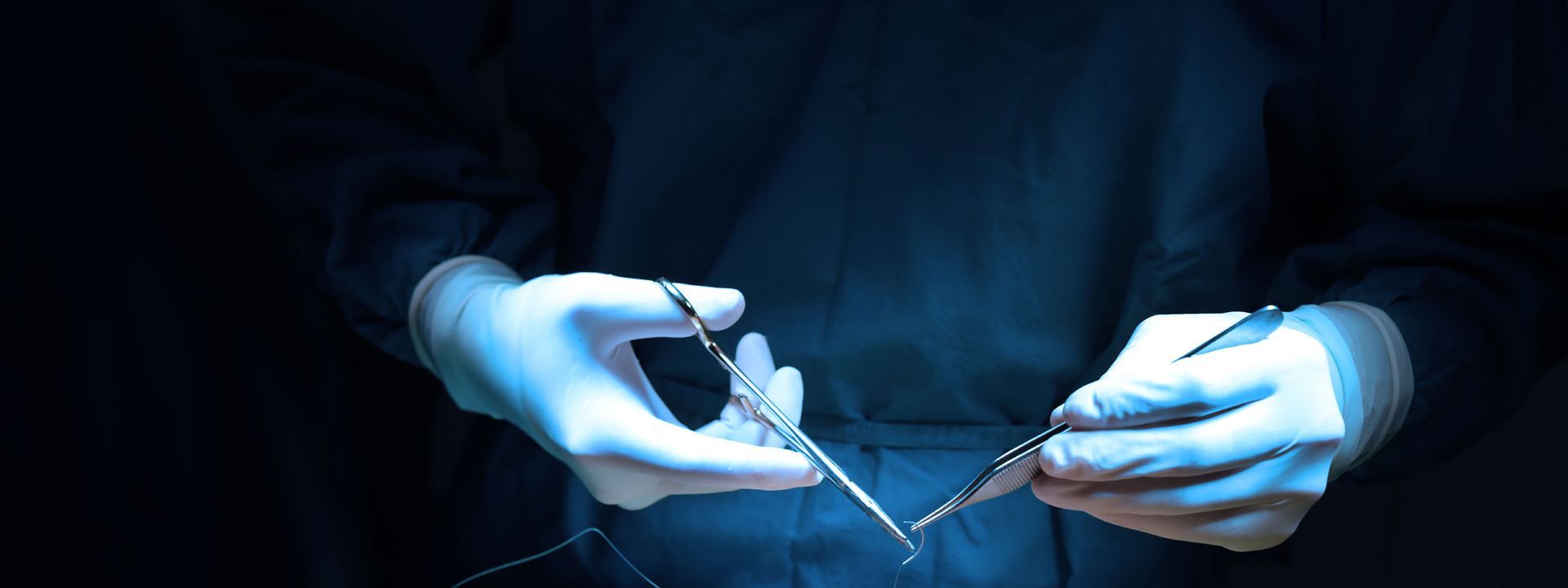Never Event Medical Malpractice Attorneys
in Pennsylvania
Contact Frischman & Rizza Today
Frischman & Rizza, P.C.

Quick Facts
“Never” Events are the most egregious type of errors that should never happen. Ranging from surgery in the wrong site to criminal maliciousness.
The researchers, reporting online in the journal Surgery, say they estimate that 80,000 of these so-called “never events” occurred in American hospitals between 1990 and 2010 — and believe their estimates are likely on the low side.
In the same study, it is found that Death occurred in 6.6 percent of patients, permanent injury in 32.9 percent and temporary injury in 59.2 percent.(Source: Johns Hopkins University)
Source: Johns Hopkins
NEVER EVENT MEDICAL MALPRACTICE
In December of 2012, Johns Hopkins University released a Report identifying several categories of completely preventable medical mistakes known as “Never Events.” A Never Event is an inexcusable error that never should occur.
Types of "Never Events"
Wrong Surgery is Performed
This occurs when a surgeon performs the wrong surgery on a patient. For example, a patient is scheduled for a knee replacement and the surgeon performs a hip replacement.
Environmental
These events include electrical shock, oxygen lines that contain no gas or the wrong gas, burn injuries, and the use of bed restraints that result in serious patient injury or death.
Retained Foreign Object
This occurs when a surgical instrument, a towel or a sponge, is left inside the patient’s body.
Radiologic
This occurs when a metal object is introduced into the MRI area and results in patient injury.
Patient Care Management
This occurs when the wrong type of medication or blood product is administered and causes harm to the patient.
Criminal
This occurs when medical treatment is provided by someone who is impersonating a healthcare professional, when a patient is abducted or when a patient is physically or sexually abused.
Injured due to a Surgical Never Event?
Contact the Never Event Medical Malpractice Attorneys at Frischman & Rizza for a Free Case Evaluation.
Call Us On
Safety Measures To Prevent Never Events
Although human error can always occur, the following safety measures can reduce Never Events from occurring:
- Operating Room Time Outs – prior to beginning surgery confirmation as to the patient and planned procedure is obtained.
- Performing accurate counts before and after a surgical procedure of the surgical tools and sponges.
- Marking the correct site of the surgical procedure.
- Instituting policies and procedures for communication among the surgical team.
Frequency
Unfortunately, Never Events are not as rare as one may think. According to Johns Hopkins University, an estimated 80,000 Never Events occurred in US hospitals between 1990 and 2010. During this time period:
- The wrong surgical procedure was performed on patients an estimated 20 times per week.
- The wrong body part was operated on by surgeons an estimated 20 times per week.
- A foreign object, such as a surgical instrument, a surgical towel or a surgical sponge was left in patients an estimated 40 times per week.
Patients between 40-49 were the most vulnerable for a Never Event. Also, the most Never Event mistakes were made by surgeons less than 60 years old.
Sadly, these Never Events continue to occur today at the rate of approximately 4,000 new cases each year. These lapses in medical care which are unambiguous, preventable and clearly identifiable represent a major healthcare quality problem that causes needless injury and millions of dollars in otherwise unnecessary medical care each year.
Again, “Never Events” are totally preventable medical mistakes. If you or a loved one has suffered a “Never Event,” call our knowledgeable and experienced office today.
Frischman & Rizza, P.C.
In Western PA Since 1992
Injured & Need an Attorney? Call Craig and Bernie!
- The Call Is Free
- The Consultation is Free
- We Don’t Charge A Penny Unless We Win Your Case!
Let's work together
We have no question that our approach will result in better representation, a better experience for you and your family, and a better result.
Call our Pittsburgh Medical Malpractice Attorneys today! (412) 247-7300
Frischman & Rizza, P.C.
7300 Penn Ave, Pittsburgh, PA 15208
Phone:
(412) 247-7300
201 Basin St Unit #8, Williamsport, PA 17701
Phone:
(412) 247-7300
All Rights Reserved | Frischman & Rizza, P.C.
Get in touch
Contact Us
We will get back to you as soon as possible.
Please try again later.
Powered by websitesimpler.com


